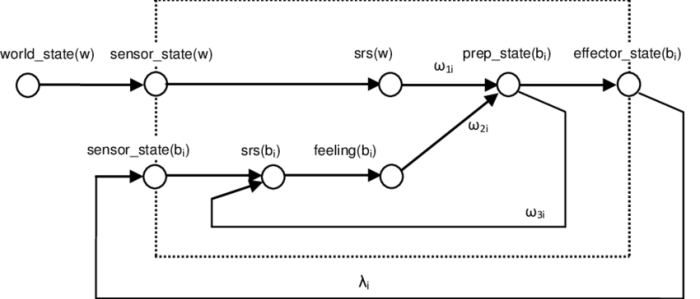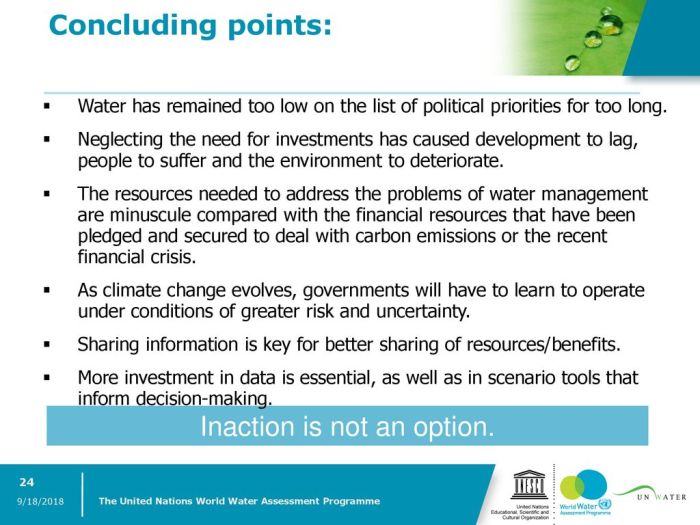Accelerating is not an option in executing a decision. – Accelerating decision-making is not an option in executing a decision. It is a dangerous gamble that can lead to poor outcomes and ethical dilemmas. This article will explore the decision-making process, the importance of risk assessment and mitigation, stakeholder engagement and communication, impact analysis and evaluation, continuous improvement and learning, and the ethical considerations involved in accelerated decision-making.
By understanding the risks and challenges associated with accelerated decision-making, we can make better decisions that are more likely to lead to positive outcomes.
Decision-Making Process
Decision-making is a cognitive process involving the selection of a course of action among several alternatives. It can be a simple or complex process, depending on the number of factors involved and the level of uncertainty.The decision-making process typically involves the following stages:
- Identifying the problem or opportunity
- Gathering information
- Generating alternatives
- Evaluating alternatives
- Selecting the best alternative
- Implementing the decision
- Evaluating the results
Accelerating the decision-making process can lead to poor decision-making because it can lead to:
- Insufficient information gathering
- Poorly evaluated alternatives
- Increased risk of making a mistake
Risk Assessment and Mitigation
Risk assessment is the process of identifying, evaluating, and prioritizing risks. It is an important part of the decision-making process because it helps to identify potential problems and develop strategies to mitigate them.There are a number of different risk assessment techniques, including:
- Hazard identification
- Risk analysis
- Risk evaluation
- Risk mitigation
Accelerated decision-making can increase the risk of making a mistake because it can lead to:
- Insufficient risk assessment
- Poorly developed risk mitigation strategies
- Increased likelihood of a negative outcome
Stakeholder Engagement and Communication

Stakeholder engagement is the process of involving stakeholders in the decision-making process. It is important to involve stakeholders because they can provide valuable input and help to ensure that the decision is made in a way that is fair and equitable.There
are a number of different stakeholder engagement techniques, including:
- Consultation
- Participation
- Collaboration
- Empowerment
Accelerated decision-making can make it difficult to involve stakeholders in the process, which can lead to:
- Poorly informed decisions
- Decisions that are not supported by stakeholders
- Increased likelihood of conflict
Impact Analysis and Evaluation
Impact analysis is the process of assessing the impact of a decision. It is important to conduct impact analysis because it helps to identify the potential consequences of a decision and develop strategies to mitigate any negative consequences.There are a number of different impact analysis techniques, including:
- Environmental impact assessment
- Social impact assessment
- Economic impact assessment
- Health impact assessment
Accelerated decision-making can make it difficult to conduct impact analysis, which can lead to:
- Poorly informed decisions
- Decisions that have unintended negative consequences
- Increased likelihood of stakeholder conflict
Continuous Improvement and Learning

Continuous improvement is the process of making ongoing improvements to the decision-making process. It is important to engage in continuous improvement because it helps to ensure that the decision-making process is always improving and that decisions are being made in the most effective way possible.There
are a number of different continuous improvement techniques, including:
- Feedback
- Learning from mistakes
- Best practices
- Benchmarking
Accelerated decision-making can make it difficult to engage in continuous improvement, which can lead to:
- A stagnant decision-making process
- Decisions that are not based on the latest information
- Increased likelihood of making the same mistakes over and over again
Ethical Considerations

Ethical considerations are important in the decision-making process because they help to ensure that decisions are made in a way that is fair, equitable, and just.There are a number of different ethical considerations that can be applied to the decision-making process, including:
- Justice
- Fairness
- Equity
- Transparency
Accelerated decision-making can make it difficult to consider ethical implications, which can lead to:
- Decisions that are unfair or unjust
- Decisions that are not transparent
- Increased likelihood of stakeholder conflict
Answers to Common Questions: Accelerating Is Not An Option In Executing A Decision.
What are the risks of accelerated decision-making?
Accelerated decision-making can lead to poor outcomes, such as: – Making decisions based on incomplete or inaccurate information – Failing to consider all of the relevant factors – Making decisions that are not aligned with the organization’s goals and values – Alienating stakeholders and damaging relationships
How can I mitigate the risks of accelerated decision-making?
There are a number of strategies that can be used to mitigate the risks of accelerated decision-making, such as: – Involving stakeholders in the decision-making process – Conducting a thorough risk assessment – Developing a decision-making framework – Communicating decisions effectively to stakeholders – Monitoring and evaluating the impact of decisions